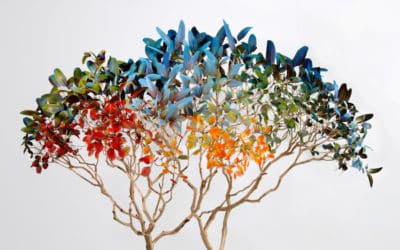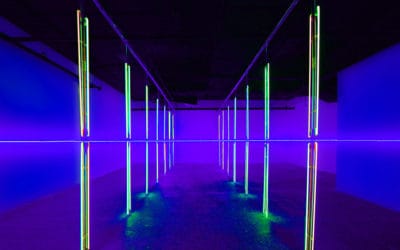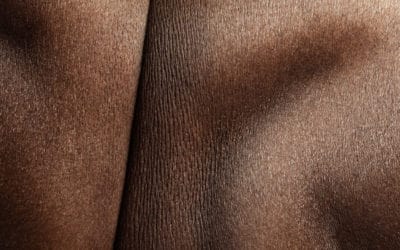CULTURAMA is the new destination for discoverers defending the best of Art, Architecture and Design in order to reinvent your contemporary lifestyle. As a bilingual webmagazine and audiovisual broadcaster with CULTURAMA STUDIO, CULTURAMA explores the trends of 21st century Art and Design, with its exclusive interviews, documentaries, articles, and mini-series. Hundreds of renowned artists have already participated in this adventure. CULTURAMA builds bridges between creators and executives, and as such, it becomes essential.
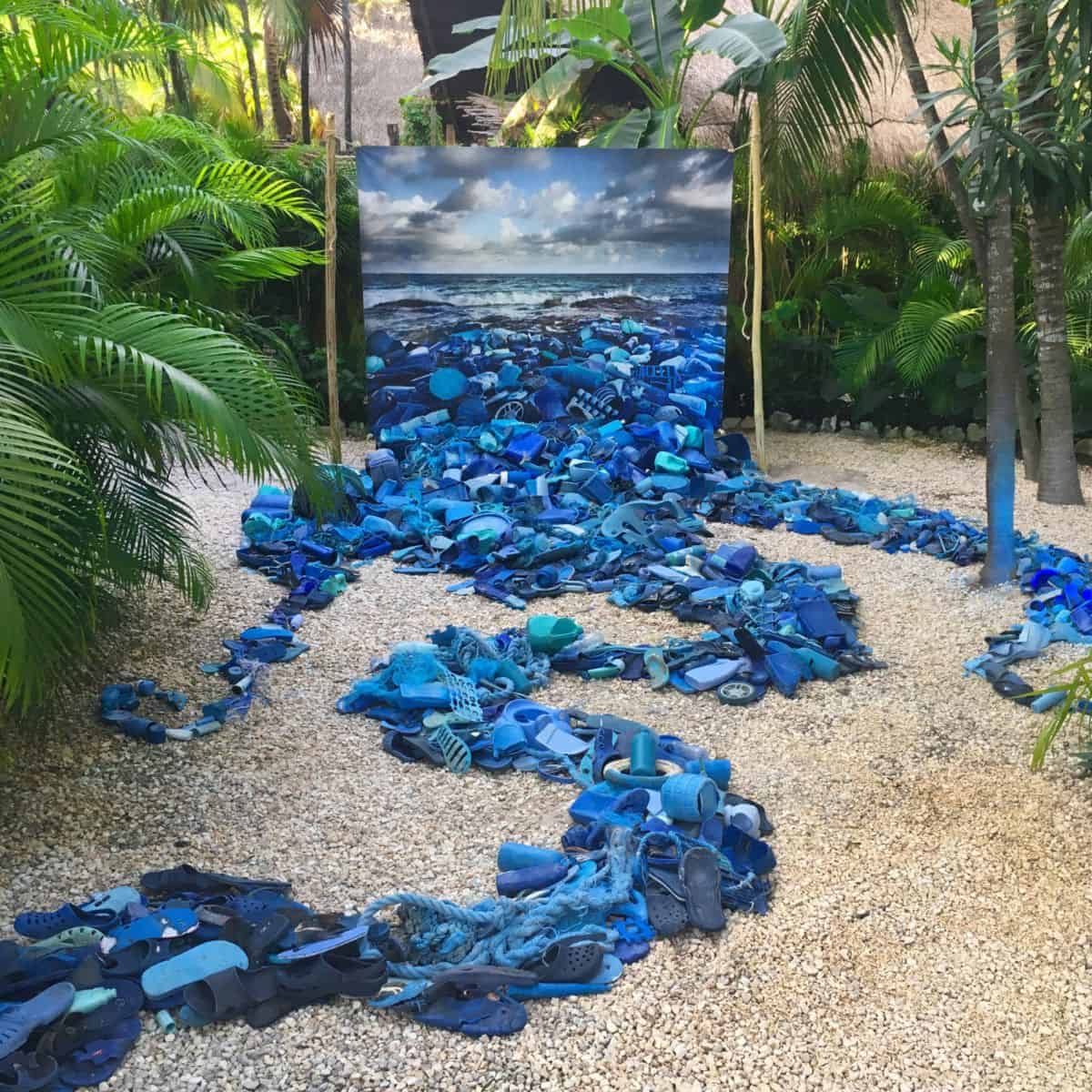
Washed Up | 2013 | Alejandro Durán ©
Summary
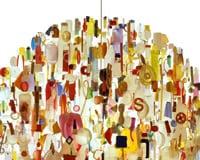
STUART HAYGARTH
« There is only one world… »

ALEJANDRO DURÁN
« In Betwee Two Worlds… »
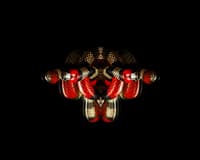
Explorer
The best of Art, Architecture and Design of the 21st century.
Editorial
FROM ONE BEACH TO ANOTHER

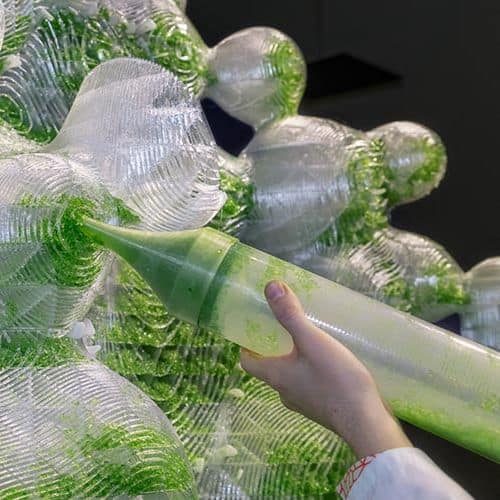
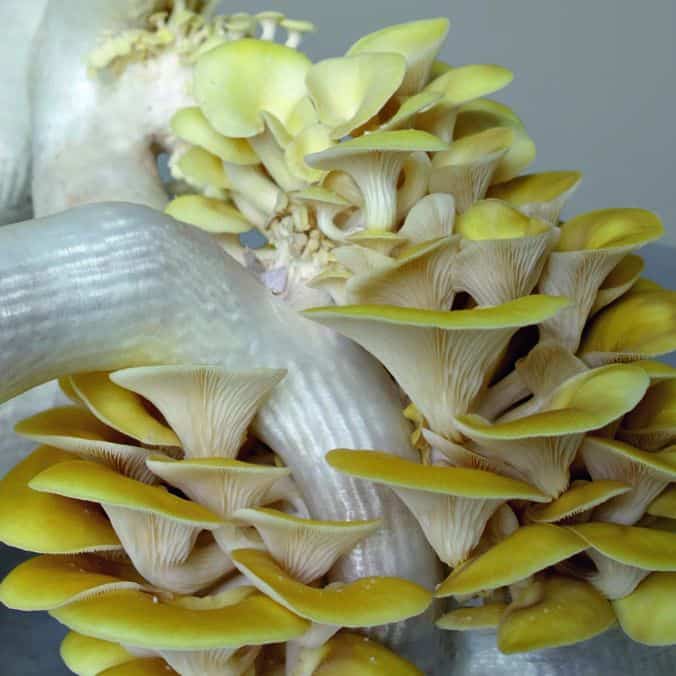
« It is not that there are two worlds, that of the rich and that of the poor. It’s much bigger than that: there is only one world, that of the rich, and, next to or behind it, a shapeless block of its waste. »
Christian Bobin
STRANDED AND VISIBLE
LIGHT OF THE FORGOTTEN
STUART HAYGARTH
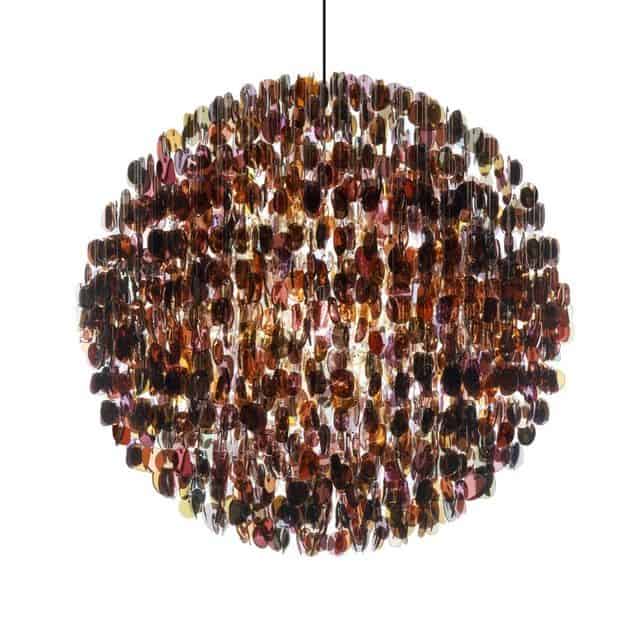
Eric of CULTURAMA: Your designs and installations evolve only around inanimate objects. Is it impossible to achieve your usual geometrical perfectionism with animate objects within the frame?
Stuart Haygarth: Although people are not directly my subject matter, their behaviour and relationship with inanimate items is a fundamental part of my work. I’m interested in the human stories and emotions that are ingrained in the everyday objects that surround us. I try to give the mundane and overlooked objects a second life, collating archives, creating order and symmetry out of randomness and waste.
Eric: At what moment of your life did you start practicing photography?
Stuart: I was a photographer and illustrator earlier in my career and studied photography at art school. As an illustrator, I created assemblages using found objects and printed materials. The resulting constructions were then photographed in my studio so that it could be used in print, for magazine articles or book covers. I still use photography to archive collections of objects. In 2016, for example, I published a book entitled STRAND which documented a collection of man-made objects found on a 500-mile coastal walk. They were all categorised by colour, shape, and function.
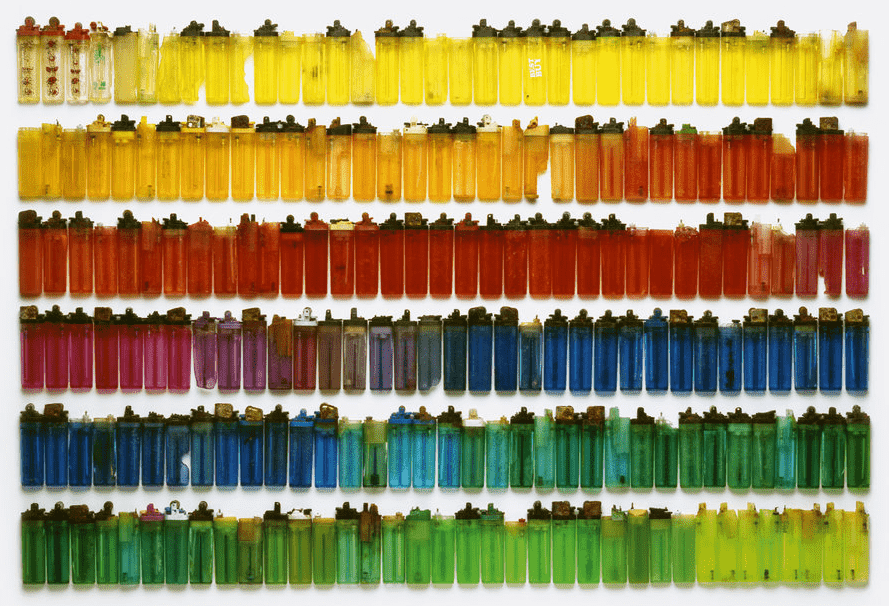
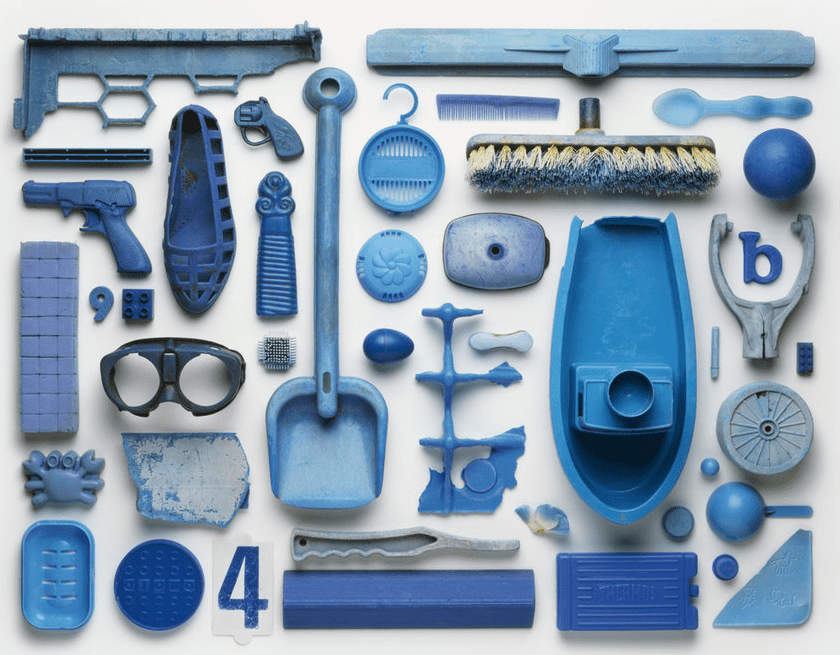
Eric: What was the most challenging project for you during your career?
Stuart: With no doubt, it was STRAND 2012. The work was a commission for a new UCH Macmillan cancer hospital in central London and represented a suspended chandelier-sculpture installed in the entrance lobby above a circular reception desk. For this project, I walked 450 miles along the southeast coastline of the UK from Gravesend to Lands End.
Along the walk I collected man-made items that had been washed ashore; these objects would form the material for the sculpture. The walking and collecting were both physically and mentally intense. The most challenging aspect was to build the sculpture of 6 metres wide, 3.5 metres deep that hung at 8 metres. I had to rent a large enough studio to assemble the sculpture and then a scaffold framework in order to fix a ceiling panel from which all the lines of objects would hang. This structure would not have a light source, but the illumination effect was meant to be created by colour categorising — with white objects at the centre and black objects on the outside.
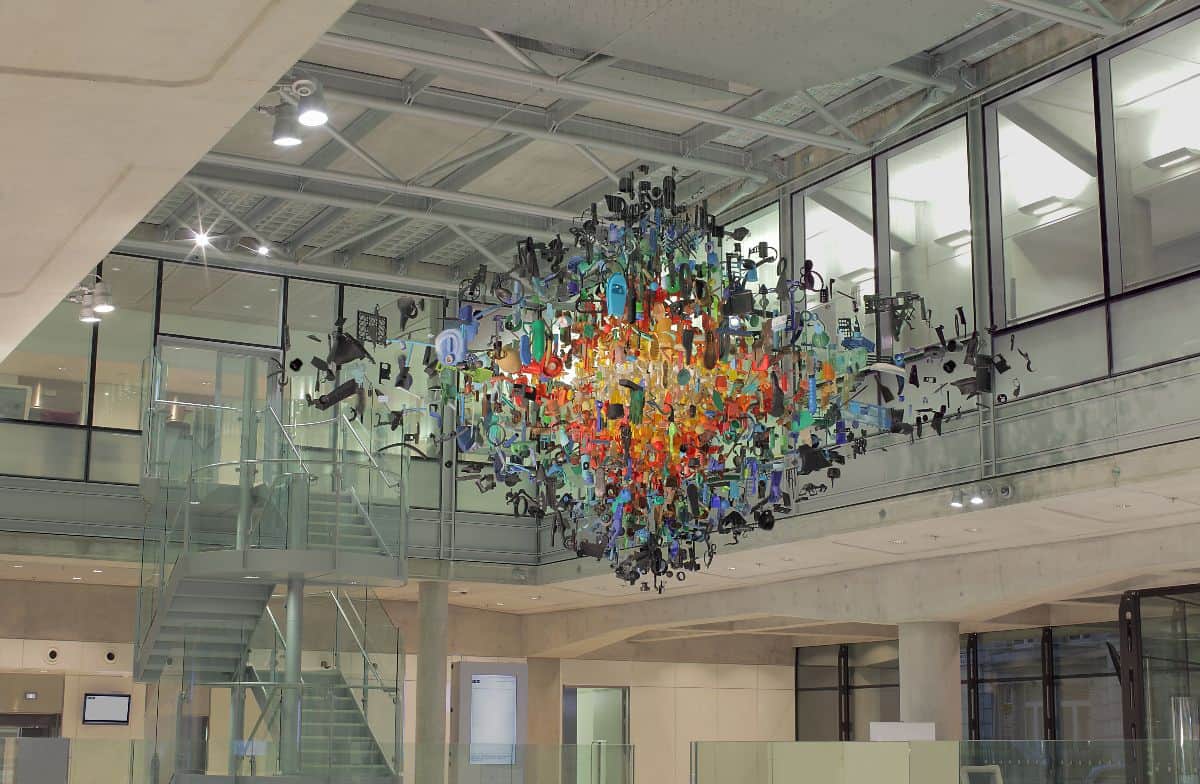
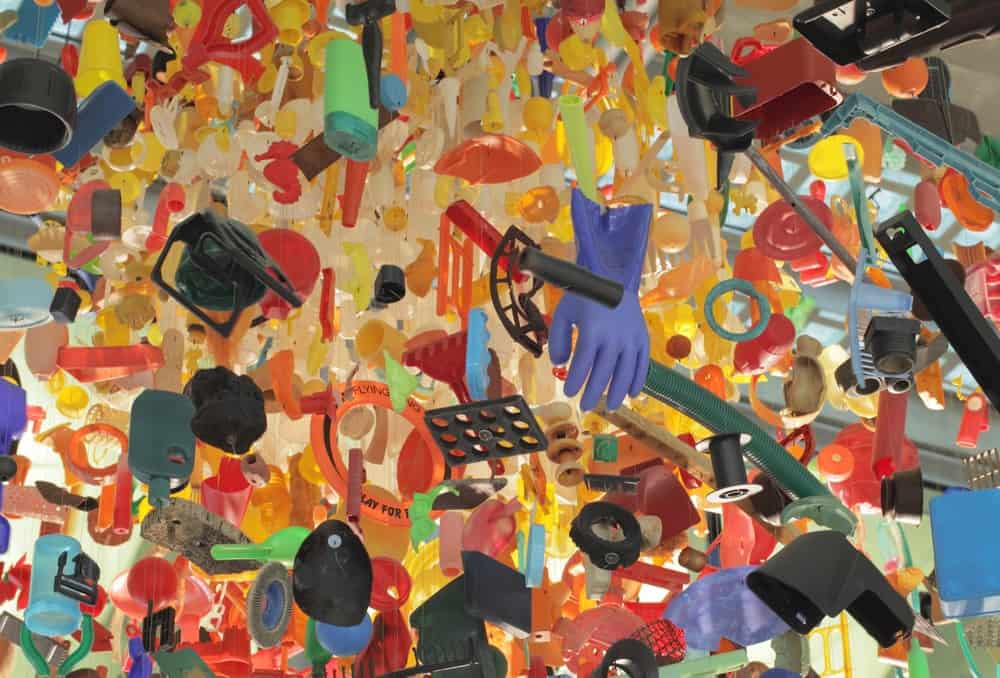
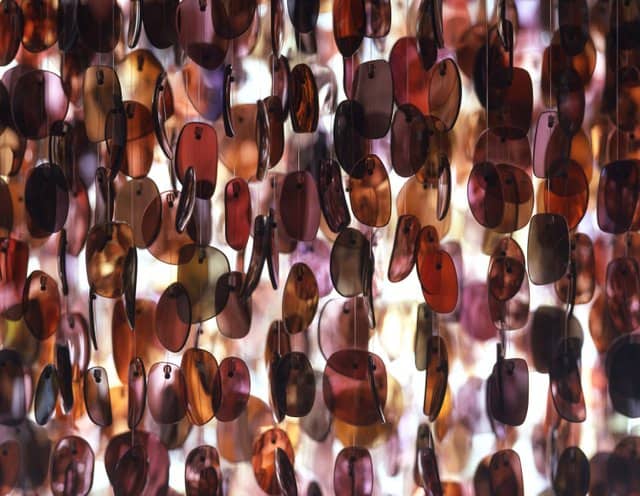
Optical chandelier | Details of color graduations | 2009 | Stuart Haygarth©
Eric: How would you describe the ultimate goal of your Art?
Stuart: To communicate to the viewer that there is more than one way to establish the value and use of an everyday object. Why can’t a pair of spectacles be utilized to create a chandelier? They are, after all, both tools for seeing the world more clearly.
STRANDED AND VISIBLE
ALEJANDRO DURÁN
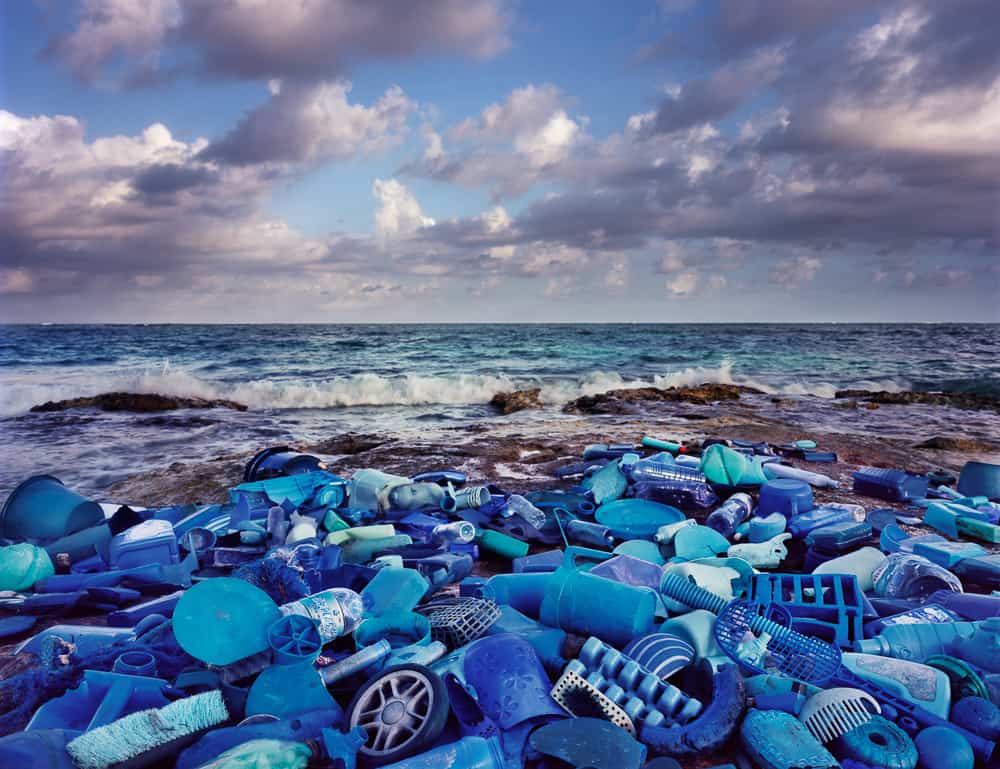
Washed Up | 2013 | Alejandro Durán ©
During this project, its creator Alejandro Durán, Mexican-born multimedia artist, identified plastic waste from fifty-eight nations which all ended up along the coast of Sian Ka’an. This coastline is a UNESCO World Heritage Site, and is one of the largest federally protected reserves in Mexico. In Washed Up, Alejandro Durán sorts and reuses litter from all continents to create paintings inspired by colours specific to a natural habitat, thus confronting consumerism with Nature. He tidies up plastic like waves, mimicking algae, roots, rivers, or fruits, highlighting the growing influence of pollution on ecosystems. His works alert us of the ecological impact of our behavior.
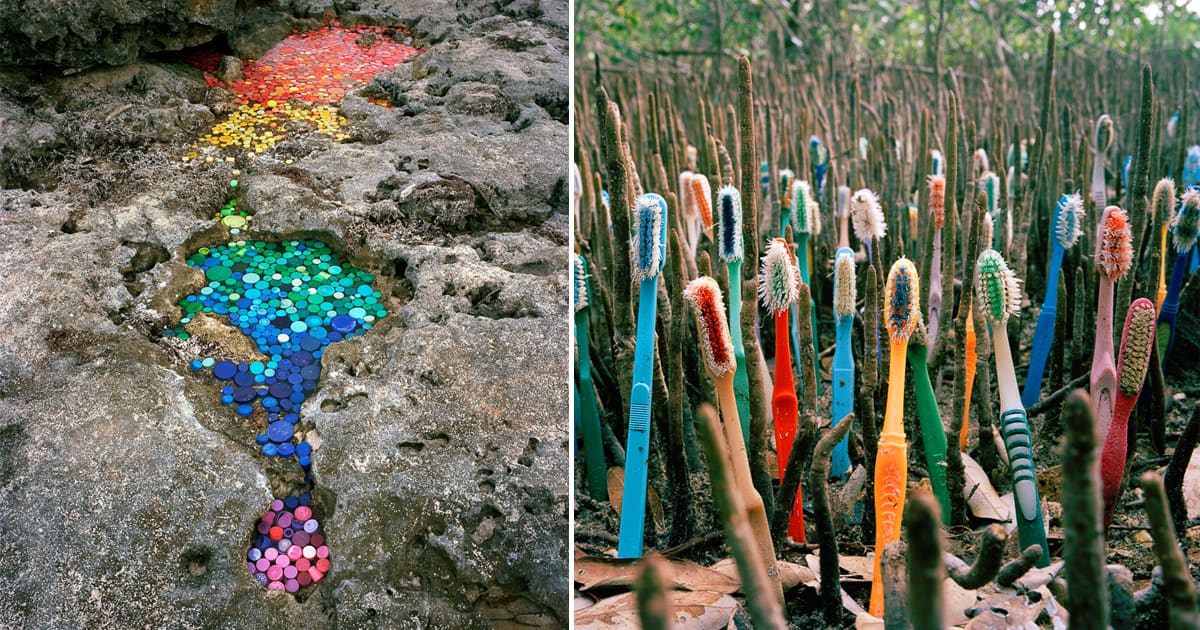
Washed Up | 2013 | Alejandro Durán ©
HOMEMADE
PEPS & VITAMINS
Related episodes
Discover
CULTURAMA STUDIO
Editing team
- Barbara Marshall
- Grigoriy Manucharian
- José Man Lius
Contact us :
ericdeculturama@gmail.com
© Culturama.studio
